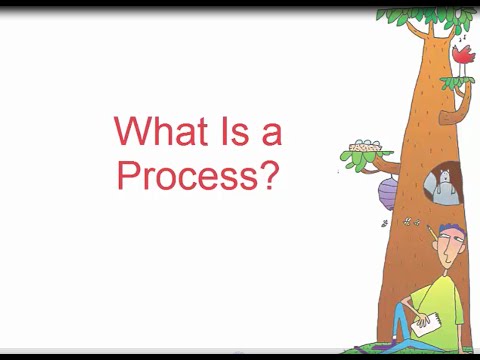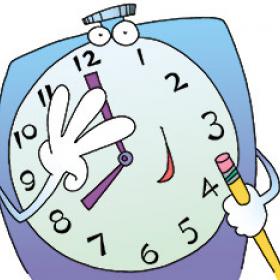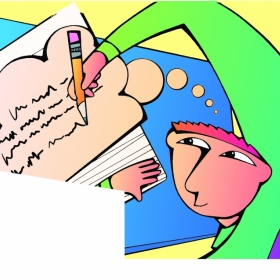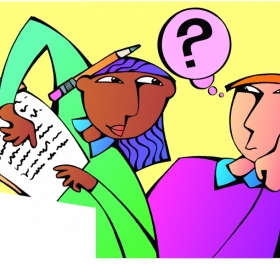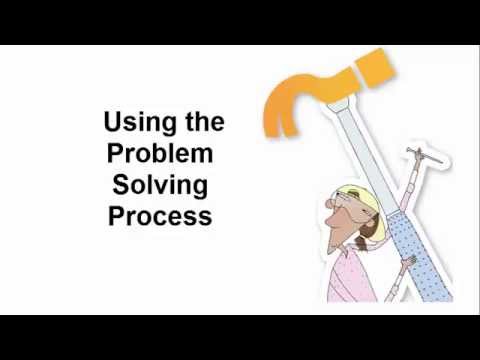Page 161 from

Start-Up Activity
Pick a photo from The 50 Most Powerful Pictures In American History, explain it to your class, and give three reasons why it matters. Then have students browse the collection, choose their own photos to analyze, and present them. (Warning: Some images are graphic.)
Point out that the process students followed is similar to the process of writing an explanatory essay. Explanatory writing seeks to explain a topic to readers by analyzing and evaluating information. Students will need to research and interpret information rather than simply report on it. They will need to form new understandings rather than simply give the facts. Encourage students to approach the explanatory forms in this chapter with a genuine interest in the topics and with the patience to explore them carefully and thoroughly.
Think About It
“The great enemy of clear language is insincerity. [Don't be] a cuttlefish spurting out ink.”
—George Orwell

Start-Up Activity
Pick a photo from The 50 Most Powerful Pictures In American History, explain it to your class, and give three reasons why it matters. Then have students browse the collection, choose their own photos to analyze, and present them. (Warning: Some images are graphic.)
Point out that the process students followed is similar to the process of writing an explanatory essay. Explanatory writing seeks to explain a topic to readers by analyzing and evaluating information. Students will need to research and interpret information rather than simply report on it. They will need to form new understandings rather than simply give the facts. Encourage students to approach the explanatory forms in this chapter with a genuine interest in the topics and with the patience to explore them carefully and thoroughly.
Think About It
“The great enemy of clear language is insincerity. [Don't be] a cuttlefish spurting out ink.”
—George Orwell



